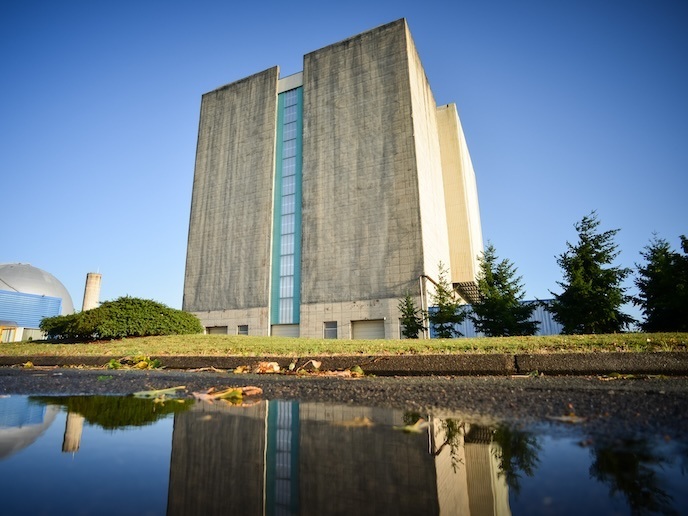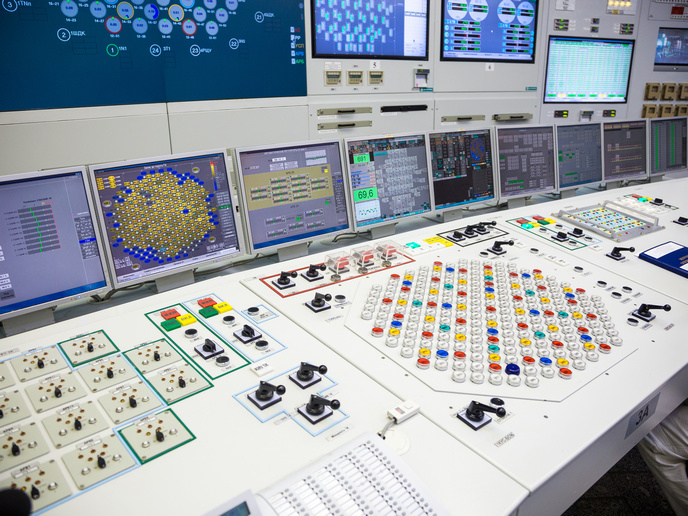Better ways of dismantling graphite nuclear reactors
There are some 80 graphite-moderated nuclear power plants around the world, and 50 of these are in Europe, mainly in the United Kingdom. Built in the 1950s and 1960s, most have been shut down for the last 20 years, but only a few smaller reactors have been dismantled so far. The sheer size of the buildings, their complex geometry and the variety of materials used makes the task of dismantling them extremely technically demanding. Europe’s main graphite-reactor operators and other partners spent 3 years working together through the EU-funded INNO4GRAPH(opens in new window) project to evaluate different decommissioning scenarios and develop new physical and digital tools. “Instead of working separately, we decided to build a European team to tackle the technical challenges together,” says project coordinator Philippe Lefevre, industrial demonstrator project manager at Electricité de France(opens in new window) (EDF). The project brought together experts from a range of industries, including nuclear plant operators, dismantling specialists, training organisations, laboratories and academics.
Safety is key for dismantling nuclear power stations
The decommissioning of nuclear reactors must be done safely so there is no margin for error. Accordingly, the team first developed tools to help operators prepare for dismantling. These tools include a physical and radiological inventory covering all reactors, and aids for decision-making such as tools for cost analysis and digital simulations. They also made progress on characterising graphite’s mechanical properties. “Due to the different ways of processing the material, the graphite in reactors in Italy or France is different. We focused on the mechanical properties for dismantling to design tools which are valid for any contexts,” explains Lefevre. A full-sized mock-up of a graphite stack was built at EDF’s industrial demonstrator in Chinon, France, to test the tools for retrieving graphite when operated remotely. “We designed the mock-up so it can be modified to represent other reactors and to accept graphite bricks of different shapes.”
Huge robotic arm for remote dismantling
The INNO4GRAPH team then came up with a dismantling scenario based on opening the top of the reactor building and installing a platform on top. This will house a remote deployment system, including a giant robotic arm, expected to be up to 30 metres long, capable of reaching all the way down to the bottom of the structure. Technical specifications for the arm have been developed, along with more generic specifications for other tools such as for remote retrieval of graphite bricks.
Using lasers facilitates robotics
They used laser technology to cut through graphite, managing to cut to a depth of 60 millimetres. “Laser technology has the advantage that there is no back and forth – with no mechanical effort involved, this will make it easier to build the robotic arm,” remarks Lefevre. Sharing information with projects, such as LD-SAFE which is harnessing laser cutting for dismantling light-water reactors, has proved useful. New digital tools were used to simulate dismantling the graphite stacks of France’s Chinon A2, Italy’s Latina and Spain’s Vandellòs I reactors among others. “Thanks to INNO4GRAPH, we now know for sure that this kind of technology can be used for dismantling in all reactors,” adds Lefevre. However, he believes European operators’ shared understanding of the challenges and their commitment to continuing the development of tools and methodologies together will prove equally valuable.







